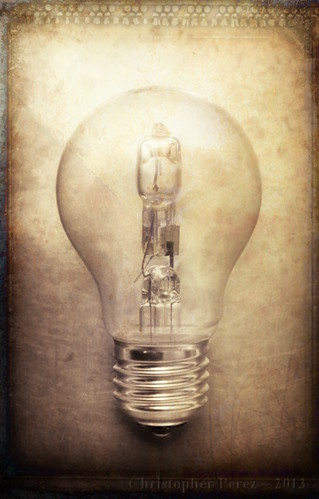I made the mistake of taking a look at a few on-line image processors. Yes. It was a mistake. There is every indication that it is right to continue to wonder at the place and purpose of the increasingly rare art photographer.

The state of web-based image manipulation software has advanced to the place where they can in some important ways supplant my favorite on-notebook computer driven Gimp.
Color balance/fine tuning? Got it.
B&W film grain effects? Got it.
HDR? Got it.
Cross processing? Got it.
Lomo effects? Got it.
Grunge borders (complete with wet-plate collodion edges)? Got it.
The only thing missing is that ultimate sense of flexibility. These are "canned" applications and provide the effects and image manipulations "as is". You can't for instance, take a texture you like and apply it to the image you're working on. Layers and masks don't yet seem to be available. Not yet, at least.

Are these the End Times for art photography? Certainly as it has been "traditionally" practiced, it might well be.
The barriers to fine art and the ability to create it have disappeared. Anyone with a little vision and understanding of lighting and composition is capable of some pretty stunning work.
Here is a short list of the applications I tried. I can't vouch for any of them. I'm only here to say, YIKES! If the applications running on iPhones and Android powered devices are more powerful than these... Whew!
There are a LOT more software applications to choose from. Google top rated Android image editing and you'll be faced with a perhaps daunting list of possible creativity suites.

I can clearly see on the near-event horizon a shift in my own image making processes. A WiFi camera, an Nexus-somethingorother, and connectivity straight to the on-line web-based image repository and blogging sites that I maintain. I realize there are folks who already do this. In fact, someone even photographed the entire 2012 Tour de France bicycle race using a networked iPad. I just need a little more image editing software capability and I'll "be there" too.

The state of web-based image manipulation software has advanced to the place where they can in some important ways supplant my favorite on-notebook computer driven Gimp.
Color balance/fine tuning? Got it.
B&W film grain effects? Got it.
HDR? Got it.
Cross processing? Got it.
Lomo effects? Got it.
Grunge borders (complete with wet-plate collodion edges)? Got it.
The only thing missing is that ultimate sense of flexibility. These are "canned" applications and provide the effects and image manipulations "as is". You can't for instance, take a texture you like and apply it to the image you're working on. Layers and masks don't yet seem to be available. Not yet, at least.

Are these the End Times for art photography? Certainly as it has been "traditionally" practiced, it might well be.
The barriers to fine art and the ability to create it have disappeared. Anyone with a little vision and understanding of lighting and composition is capable of some pretty stunning work.
Here is a short list of the applications I tried. I can't vouch for any of them. I'm only here to say, YIKES! If the applications running on iPhones and Android powered devices are more powerful than these... Whew!
There are a LOT more software applications to choose from. Google top rated Android image editing and you'll be faced with a perhaps daunting list of possible creativity suites.

I can clearly see on the near-event horizon a shift in my own image making processes. A WiFi camera, an Nexus-somethingorother, and connectivity straight to the on-line web-based image repository and blogging sites that I maintain. I realize there are folks who already do this. In fact, someone even photographed the entire 2012 Tour de France bicycle race using a networked iPad. I just need a little more image editing software capability and I'll "be there" too.
No comments:
Post a Comment